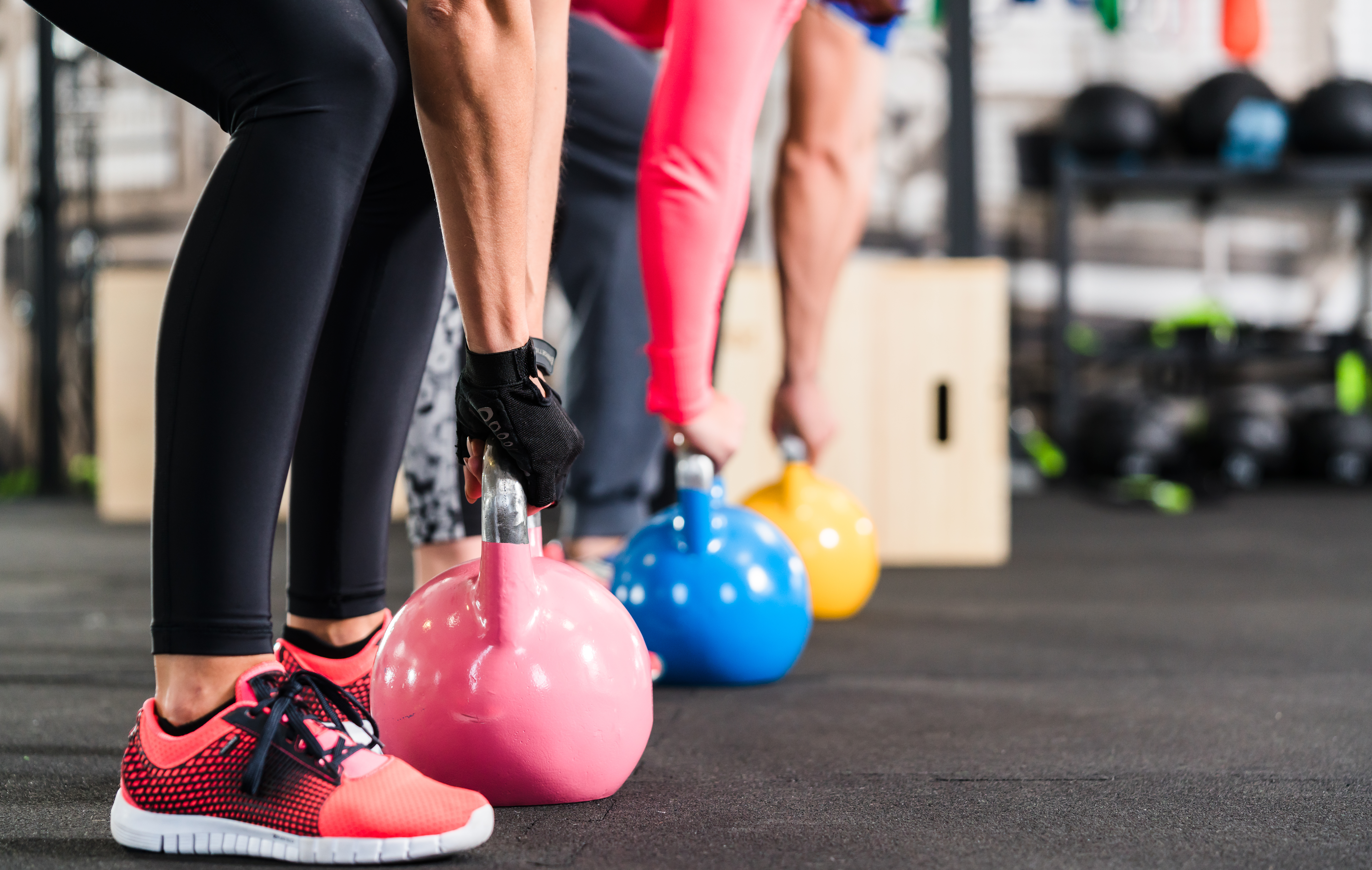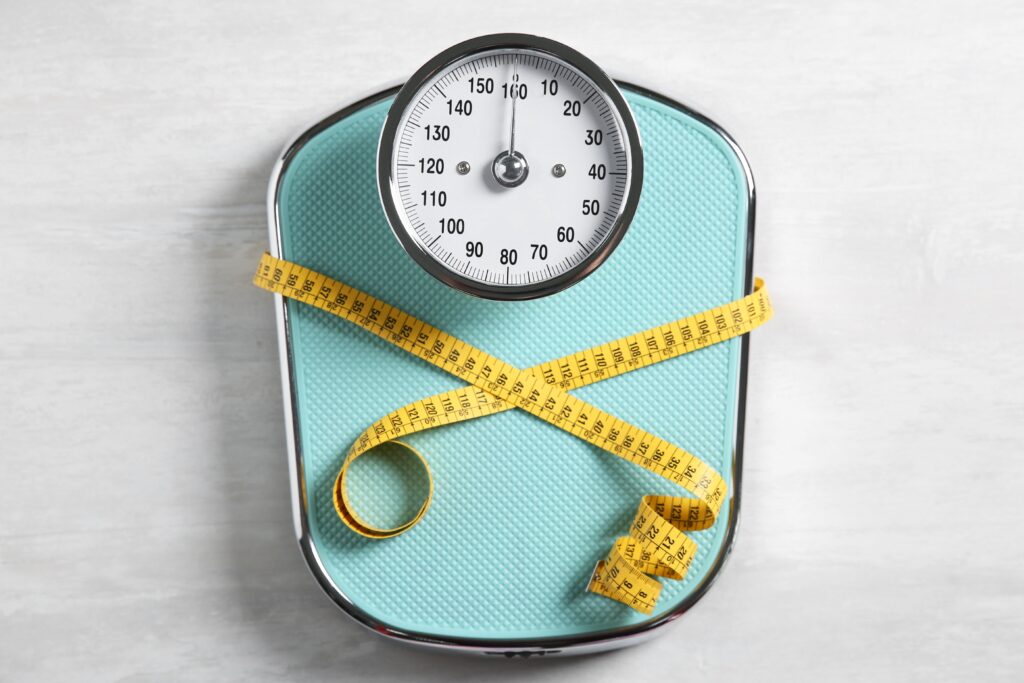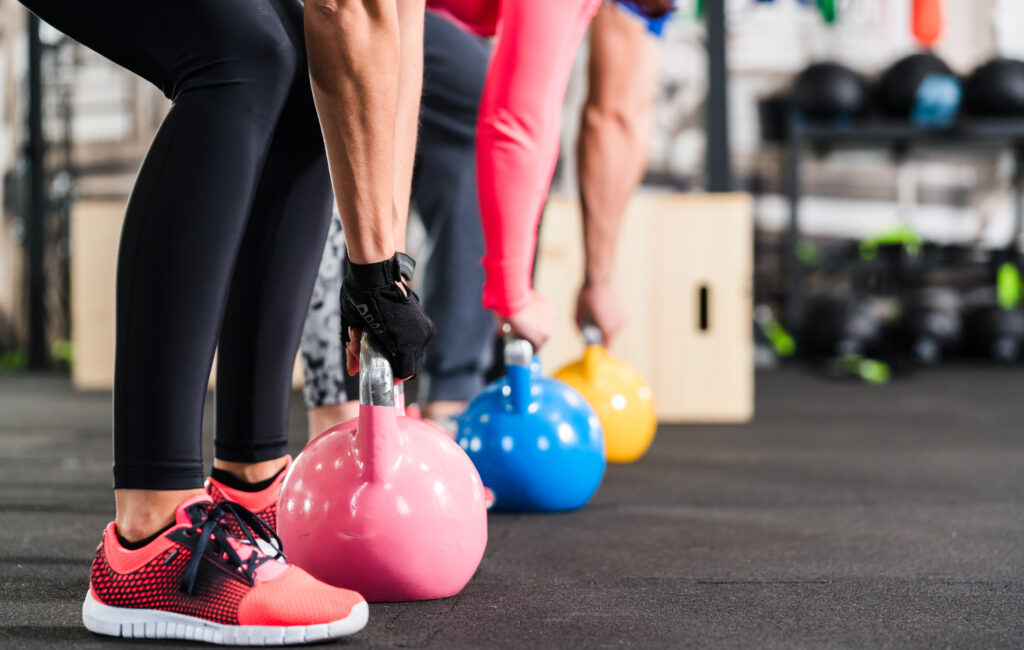When it comes to staying active, not all exercise is created equal. You’ve probably heard the term functional fitness thrown around at gyms, studios, or even in conversations with friends. But what does it really mean? And how is it different from traditional exercise?
What Is Traditional Exercise?
Traditional exercise usually focuses on isolating muscles or building aesthetics. Think bicep curls, bench press, leg extensions, or time spent on cardio machines. These movements are effective for building strength, endurance, and cardiovascular health, but they don’t always carry over into everyday movement.
For example, you might crush a heavy leg press at the gym but still struggle with squatting down to pick up a child or carrying groceries without back pain.
What Is Functional Fitness?
What Is Functional Fitness?
Functional fitness is all about training your body for the movements you do every day. Instead of working one muscle at a time, it combines multiple muscle groups and joints helping you move more efficiently and safely beyond the gym.
Think of it like this:
- Squats → sitting down and standing up
- Deadlifts → picking something heavy off the ground
- Core rotations → twisting, carrying, or reaching
- Push and pull patterns → lifting overhead or opening doors
These movements build strength that translates into real life but there’s more. When combined in HIIT (high-intensity interval training) or CrossFit-style workouts, functional fitness also gives you a powerful cardiovascular boost. Short bursts of effort mixed with recovery intervals improve endurance, support heart health, and increase calorie burn long after the workout ends.
The result? Stronger muscles, better balance, and greater mobility plus the stamina to take on daily life with more energy and resilience.
Key Differences at a Glance
| Traditional Exercise | Functional Fitness | |
| Goal | Build strength, endurance, or aesthetics | Improve real-life movement and mobility |
| Movements | Isolated (e.g., curls, machine work) | Compound and integrated (e.g., squats, deadlifts) |
| Equipment | Machines, dumbbells, cardio gear | Free weights, resistance bands, bodyweight |
| Benefits | Muscle growth, endurance | Better posture, reduced injury risk, stronger daily movement |
Why Functional Fitness Matters
Both traditional and functional exercise have benefits, but functional training ensures your workouts translate into real life. It supports posture, joint stability, injury prevention, and overall quality of movement helping you not just look strong, but live strong.
Where IFFH + FIT Come In
At FIT (Functional Integrated Training) we combine the best of both worlds: medically guided workouts designed to improve strength, mobility, and recovery. Every plan is personalized, whether you’re recovering from injury, managing chronic pain, or simply ready to feel stronger in daily life.
Because exercise isn’t just about reps in the gym it’s about moving well in every part of life.See how functional fitness and recovery can fit into your everyday health. Book Your Discovery Day.












